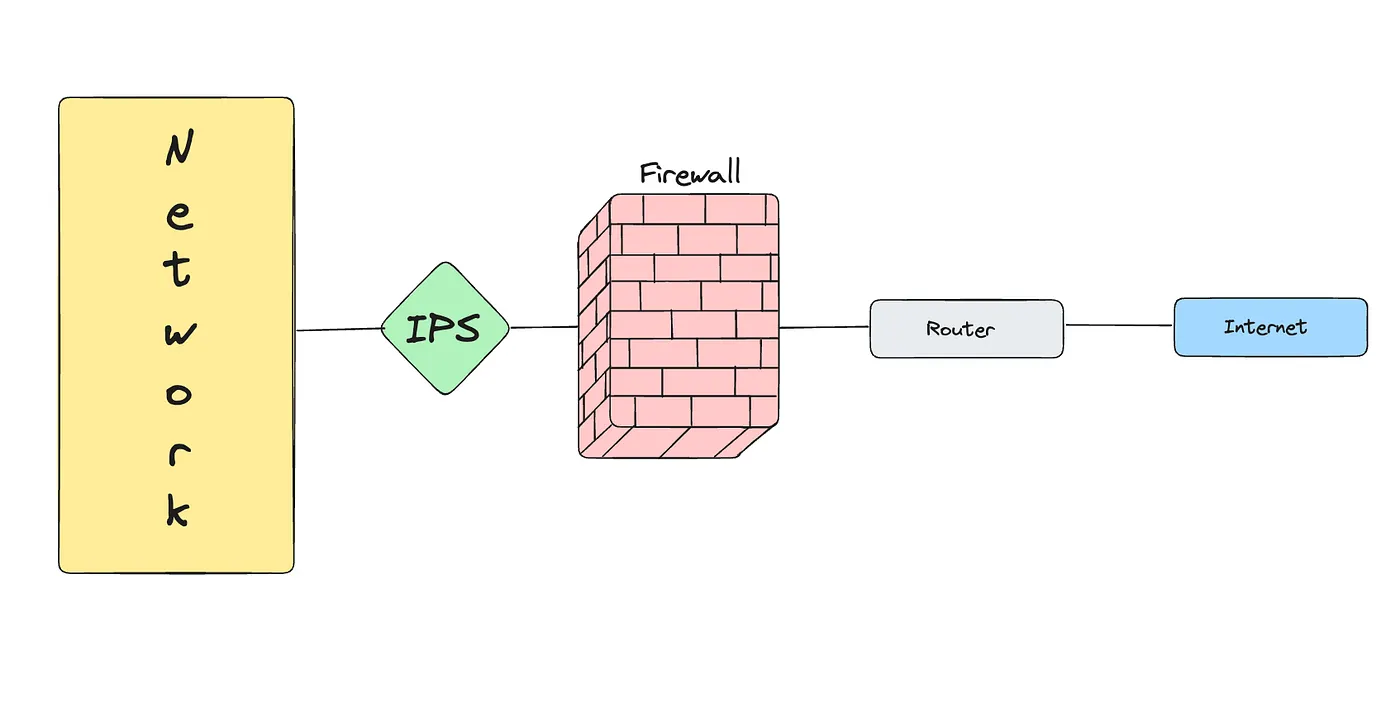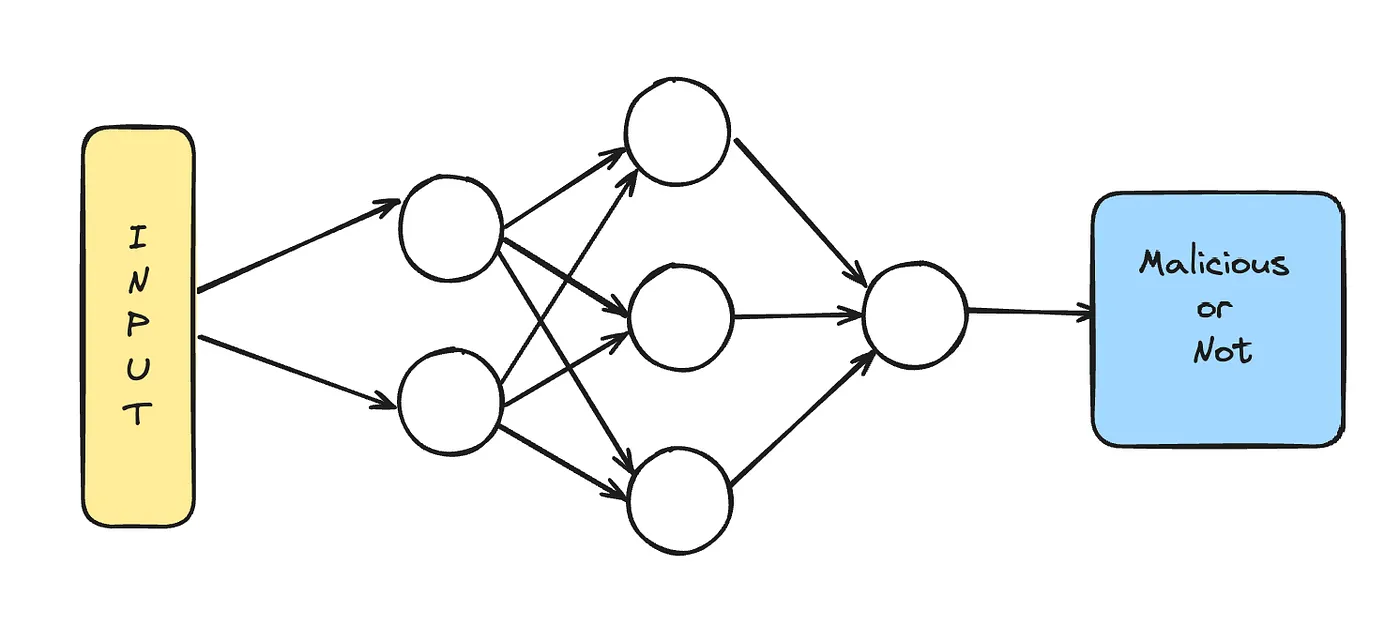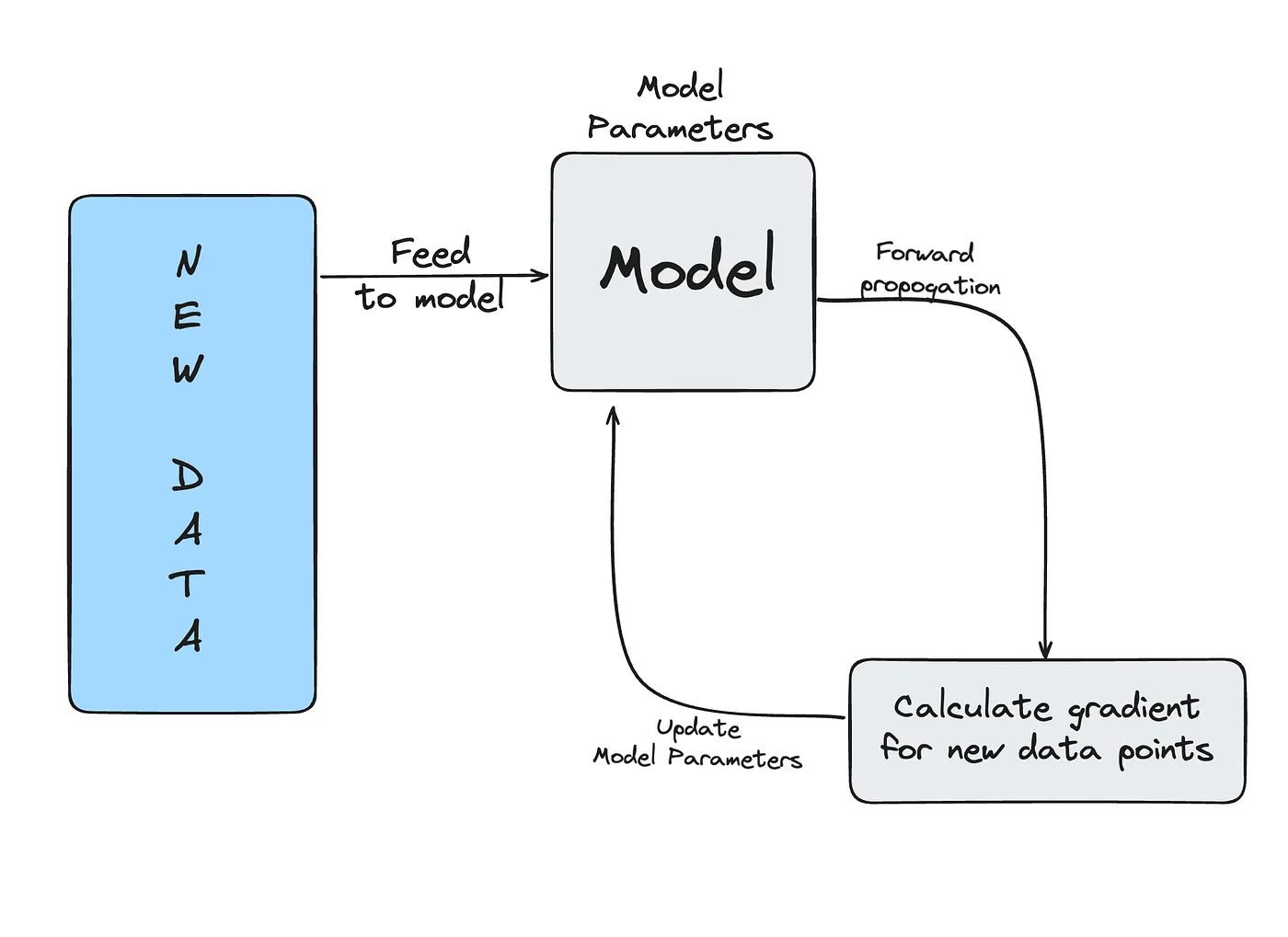
Introduction
As cyber threats grow increasingly sophisticated, traditional security measures struggle to keep up. Attackers constantly evolve their methods, exploiting vulnerabilities faster than rule-based security solutions can patch them. This challenge led me and my team to explore AI-driven cybersecurity at a recent hackathon, where we built an AI-based Intrusion Prevention System (IPS) capable of self-healing.
Together, we worked with machine learning models trained on the Kitsune Py dataset, a well-known dataset for anomaly detection in network traffic. Throughout the project, we explored how AI can dynamically adapt to cyber threats, automatically improving its defense mechanisms over time. Collaborating on this system deepened our understanding of AI-driven security and its potential to revolutionize threat detection.
This article delves into AI-based IPS, its advantages, self-healing capabilities, and how machine learning models enable smarter cybersecurity.
What is an AI-Based Intrusion Prevention System?
An Intrusion Prevention System (IPS) is a cybersecurity solution that monitors network traffic, detects malicious activity, and prevents threats in real time.

Traditional IPS solutions rely on predefined rules and signatures to identify known attack patterns, but they face several limitations:
- Zero-day Vulnerabilities: Attackers exploit unknown vulnerabilities before security teams can patch them.
- Evolving Attack Strategies: Cybercriminals frequently modify their tactics to evade traditional detection methods.
- High False Positives: Rule-based IPS solutions often misclassify legitimate traffic as malicious, leading to inefficiencies.
This is where AI-powered IPS comes in. Instead of relying on static rules, AI models continuously learn from network traffic patterns, identifying anomalies that indicate potential threats. By leveraging machine learning, AI-based IPS can detect and respond to attacks in real-time — even against new, never-before-seen threats.
How AI Enhances Intrusion Prevention
AI transforms IPS by enabling systems to analyze vast amounts of data and recognize subtle deviations from normal behavior. The key features that make AI-based IPS superior include:
- Behavior-Based Detection: Unlike rule-based methods, AI detects anomalies based on behavior patterns rather than known attack signatures.
- Faster Threat Identification: Machine learning models analyze incoming traffic in real time, reducing response times.
- Automated Response Mechanisms: AI can isolate compromised systems, block malicious IPs, and update firewall rules autonomously.
- Reduced False Positives: Context-aware AI models lower the rate of misclassified benign traffic.
During the hackathon, we applied these AI-driven principles to our IPS project, training a neural network on the Kitsune Py dataset to differentiate between normal and malicious traffic patterns

The Self-Healing Mechanism in AI-Based IPS
A major breakthrough in AI-driven cybersecurity is self-healing IPS — a system that not only prevents intrusions but also learns and adapts after each attack. The self-healing process follows these steps:
- Continuous Monitoring: The IPS continuously collects network traffic data and builds a baseline of normal behavior.
- Anomaly Detection: Machine learning algorithms identify deviations from expected network activity.
- Automated Response: When a threat is detected, the system enforces security policies to mitigate the attack.
- Self-Healing & Adaptation: The model retrains itself using newly detected attack data, improving future detection accuracy.
In our hackathon project, we integrated neural networks that refined their detection capabilities over time. Each time an attack was detected, the model updated itself, reducing false positives and becoming more efficient at identifying threats.

Our approach during the hackathon was to calculate the gradient for the new data points and then update the model with the new model parameters to avoid future errors.
Machine Learning Models for AI-Based IPS
The effectiveness of AI-driven IPS depends on the machine learning algorithms used. Here are the key techniques we explored:
Supervised Learning
Models trained with labeled network traffic data.
Example algorithms: Decision Trees, Random Forest, Neural Networks.
Strength: Effective for detecting known attack patterns.
Unsupervised Learning
- Identifies anomalies in real-time without predefined labels.
- Example algorithms: Clustering techniques, Autoencoders, Isolation Forest.
- Strength: Useful for zero-day attack detection.
Reinforcement Learning
- The IPS learns through trial and error by responding to threats.
- Example algorithms: Deep Q-Networks (DQN), Policy Gradient Methods.
- Strength: Adapts to evolving attack patterns over time.
By implementing a hybrid approach, combining supervised and unsupervised learning, we were able to achieve a more robust security solution in our project.
Real-World Applications of AI-Based Self-Healing IPS
Organizations across industries are adopting AI-driven IPS to enhance cybersecurity. Some key applications include:
- Enterprise Security: Preventing ransomware and phishing attacks in corporate networks.
- Cloud Security: Protecting cloud-hosted applications from cyber threats.
- IoT Security: Safeguarding smart devices from unauthorized access.
- Critical Infrastructure Protection: Securing government and industrial networks against cyber warfare.
Challenges and Future Prospects
Despite its advantages, AI-based IPS comes with challenges:
- Computational Overhead: AI models require high processing power and large datasets.
- Data Privacy Concerns: Continuous monitoring raises concerns about data security.
- Adversarial Attacks: Cybercriminals may attempt to trick AI models using deceptive inputs.
However, advancements in edge computing, federated learning, and adversarial training are addressing these challenges, making AI-driven cybersecurity more effective.
Conclusion
Building an AI-based, self-healing Intrusion Prevention System at the hackathon was an eye-opening experience. We learned how machine learning can revolutionize cybersecurity by creating adaptive, proactive defenses against evolving threats. The ability of AI-based IPS to learn from attacks and improve over time makes it a game-changer in the fight against cybercrime.
As AI continues to advance, we can expect self-healing IPS to become an essential component of cybersecurity frameworks, helping organizations stay ahead of attackers instead of constantly reacting to threats. The future of cybersecurity is intelligent, adaptive, and self-healing — and AI is leading the charge.
